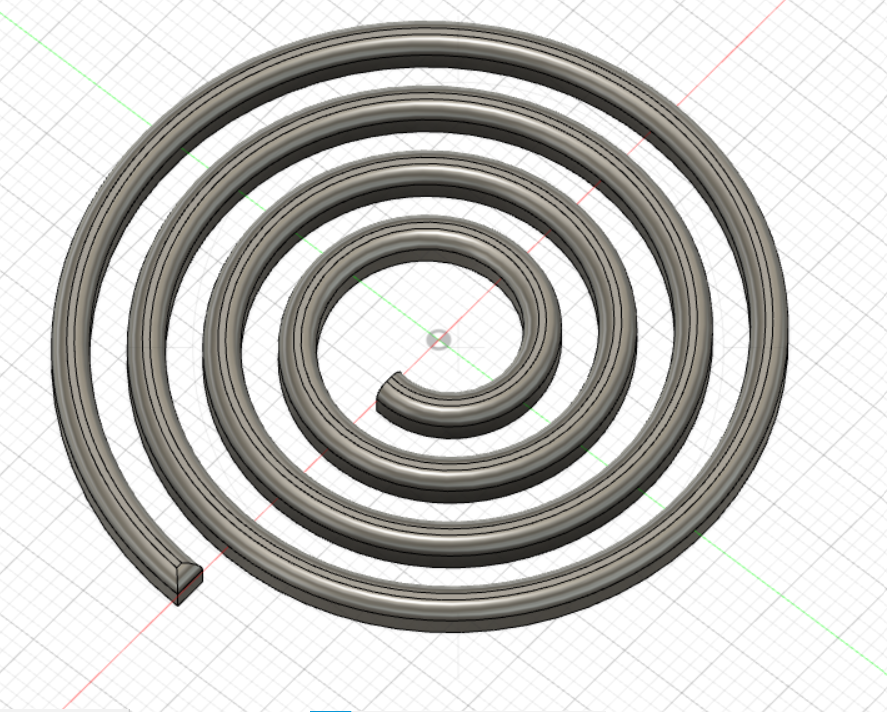8. Molding and casting¶
This week I worked on defining my final project idea and started to getting used to the documentation process.
Limitations¶
The method we’re using in this week assignment, is almost the same for CNC but in a small scale.
However, there are limitations for this method: First, it can make up to 2.5D designs, but what is 2.5D? We know what is 3D and 2D, 2.5D is between them. Remember that 3D printing, can print any 3D shape. It can be anything, but for 2.5D it only can be a 2D design and extrude every point with a different height. In other words, scaling along z-axis only.
Also, the size of the bit limit us to go further in details. The smallest bit is only 0.8 mm.
Group Assignment¶
We have to check different materials for molding and casting, for me I have natural gypsum powder.
First, we have to search about the material we shall use. We search for processing steps, mixing ratio, work time and cure time and safety.
For natural gypsum, it is safe for us, we can touch it without gloves.
The process steps are so simple, just mix the gypsum powder with water. The mixing ratio water to gypsum is 2:3

This is the mixing ratio from google, but previous experience says it’s 1:1. I see that, after some research, that the ratio determine how solid the gypsum will be. By increasing water, gypsum become more lighter and work time increase, and vice versa. See here.
The cure time is around 24 - 30 hours.
Process
This is using the 2:3 mixing ratio, you can see that it was a bit messy, because it doesn’t take 5 min then starts to solidify.

See the second try, using 1:1 mixing ratio. I had a longer work time, and It is more clean.

Results

I hope to some experiments of how hard is gypsum while changing mixing ratio, and see how the work time differs.
Other Materials:
Individual assignment¶
I made a spiral shape, like this:

And this is my work:

The result in Sketch fab:
Milling Process¶
-
Model Size and Orientation:

-
Type of Milling:

-
Create Tool Path:
 Editing settings of the tool path
Editing settings of the tool path

-
Preview Results:
 Adjusting the origin before cutting
Adjusting the origin before cutting

-
Perform Cutting
 Cutting process
Cutting process

Failure
This failure was due to that, the depth of the material was not correct, so this conclude to cut all the material so the designs were able to move. Then error message appear.

Then, in the re-cut, the depth changed from 1.0 cm to 2.5 cm


Molding Process¶
I choose the molding material to be Silicon, so I need to mix material A and B, with ratio 1:1.

If I miss this ratio, or I didn’t mix them well, then there will be some sticky spots.
It takes 3-12 hours to solidify. And this is the final result:

Casting Process¶
I choose resin to cast the mold. It should be in the ration 5 to 3, hardner to resin. Then stirring it around 3 min to be well mixed.
Pouring the mixture on the mold:

It takes 24 - 48 hours to dry completely. We got rid of bubbles by using the heat gun.
After casting it, this is the final result:

Further implementation: It needs be smoother on the edges, and there is gaps needs to be filled.
Useful Links¶
Roland MonoFab SRM-20 Milling Machine